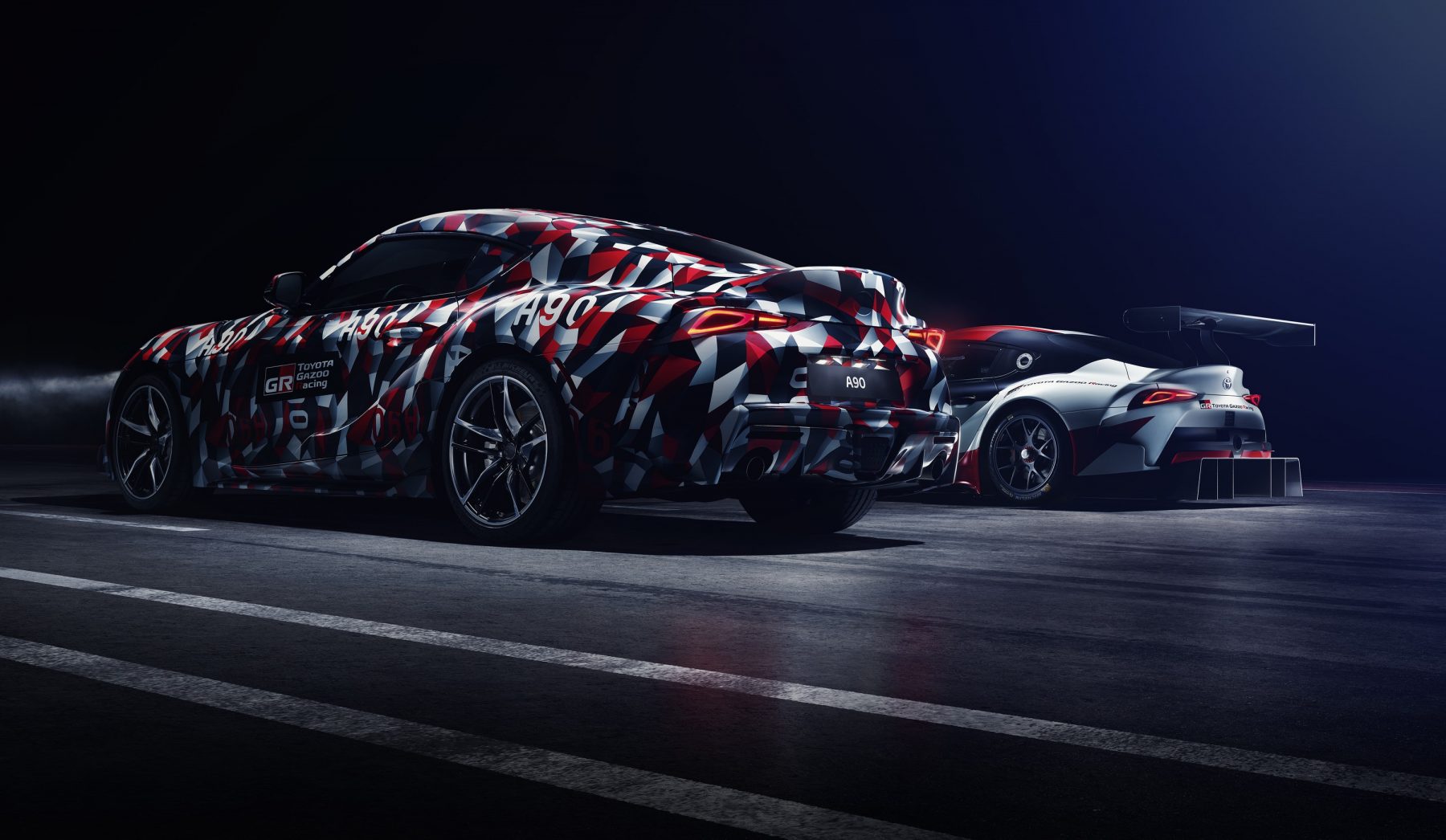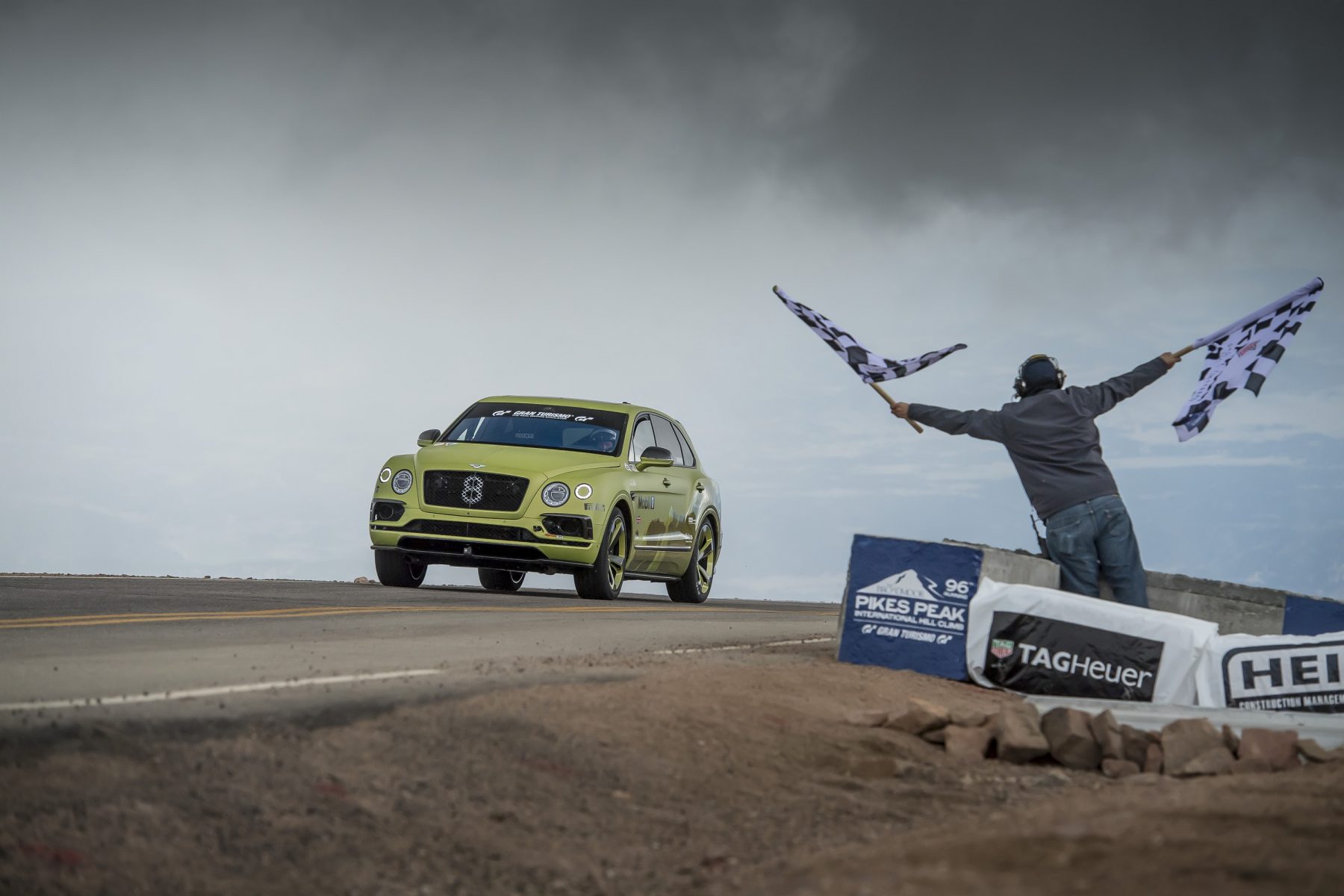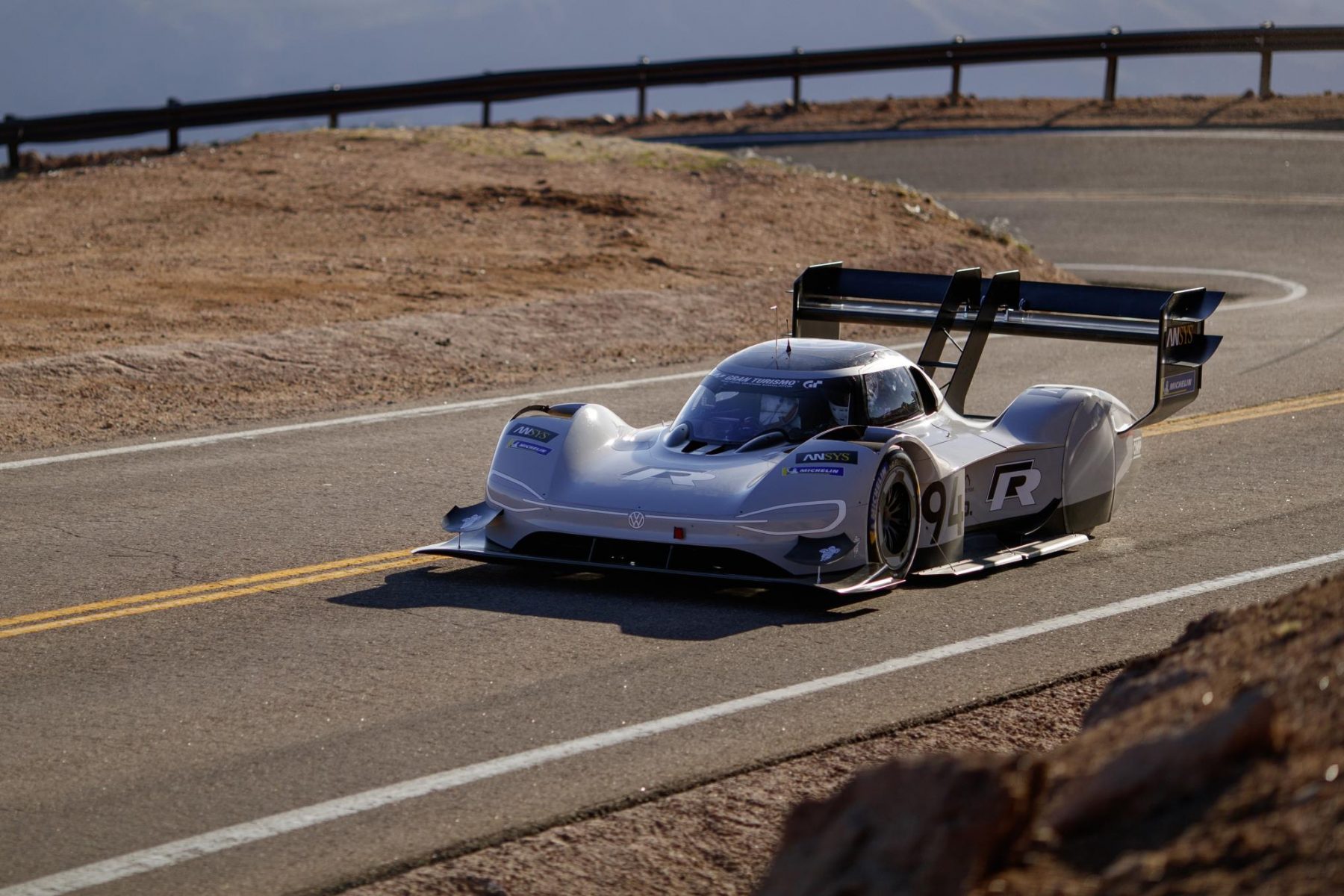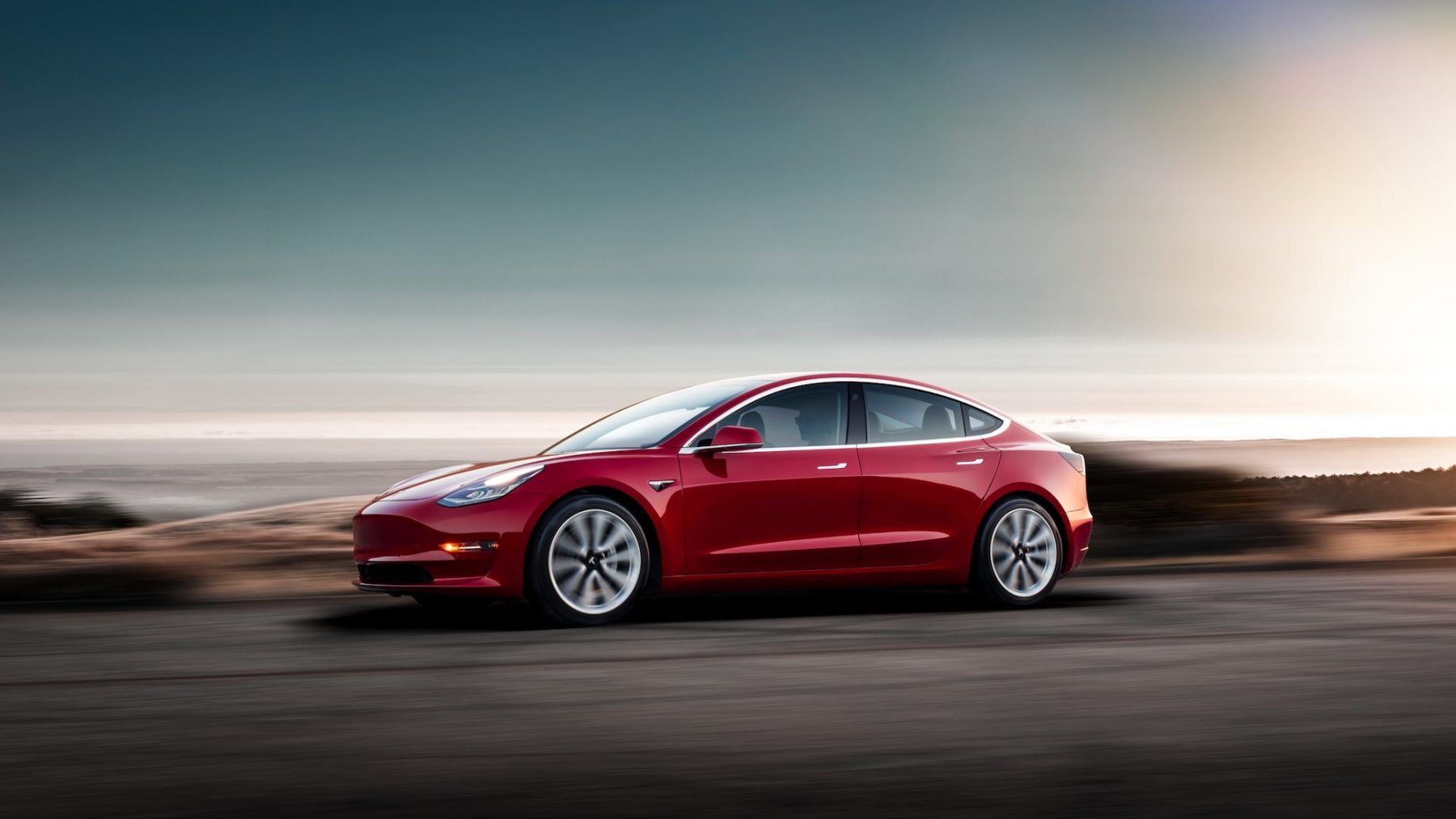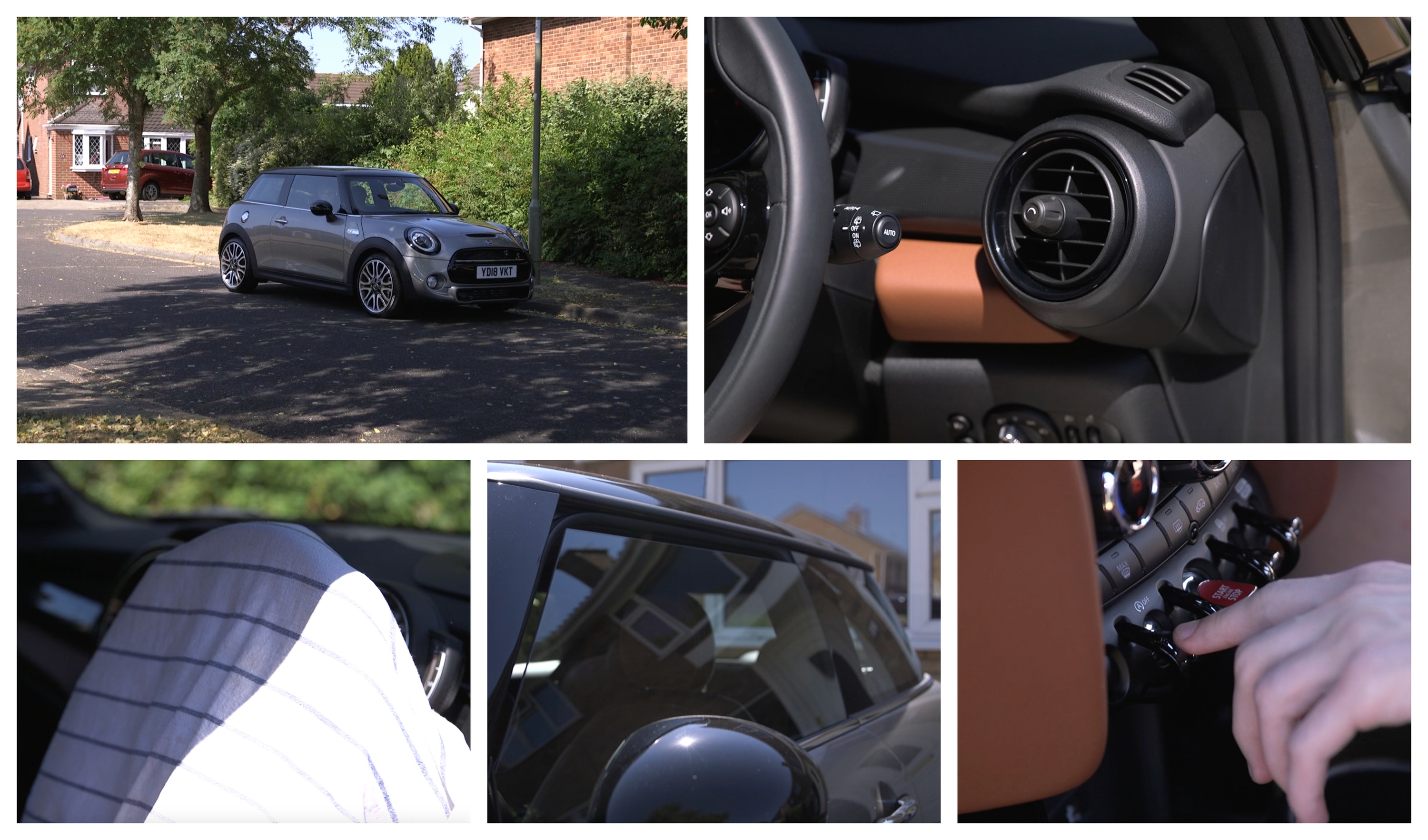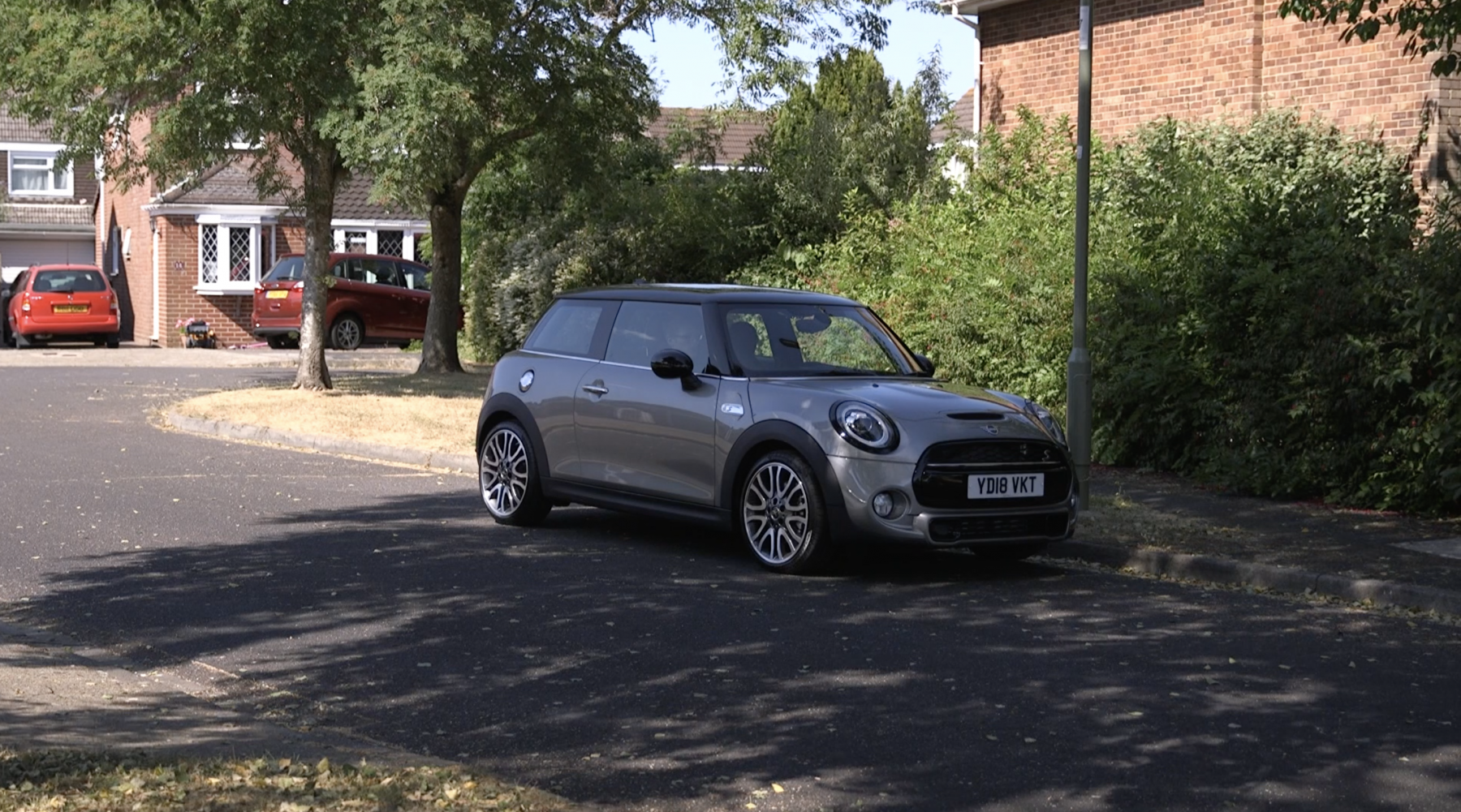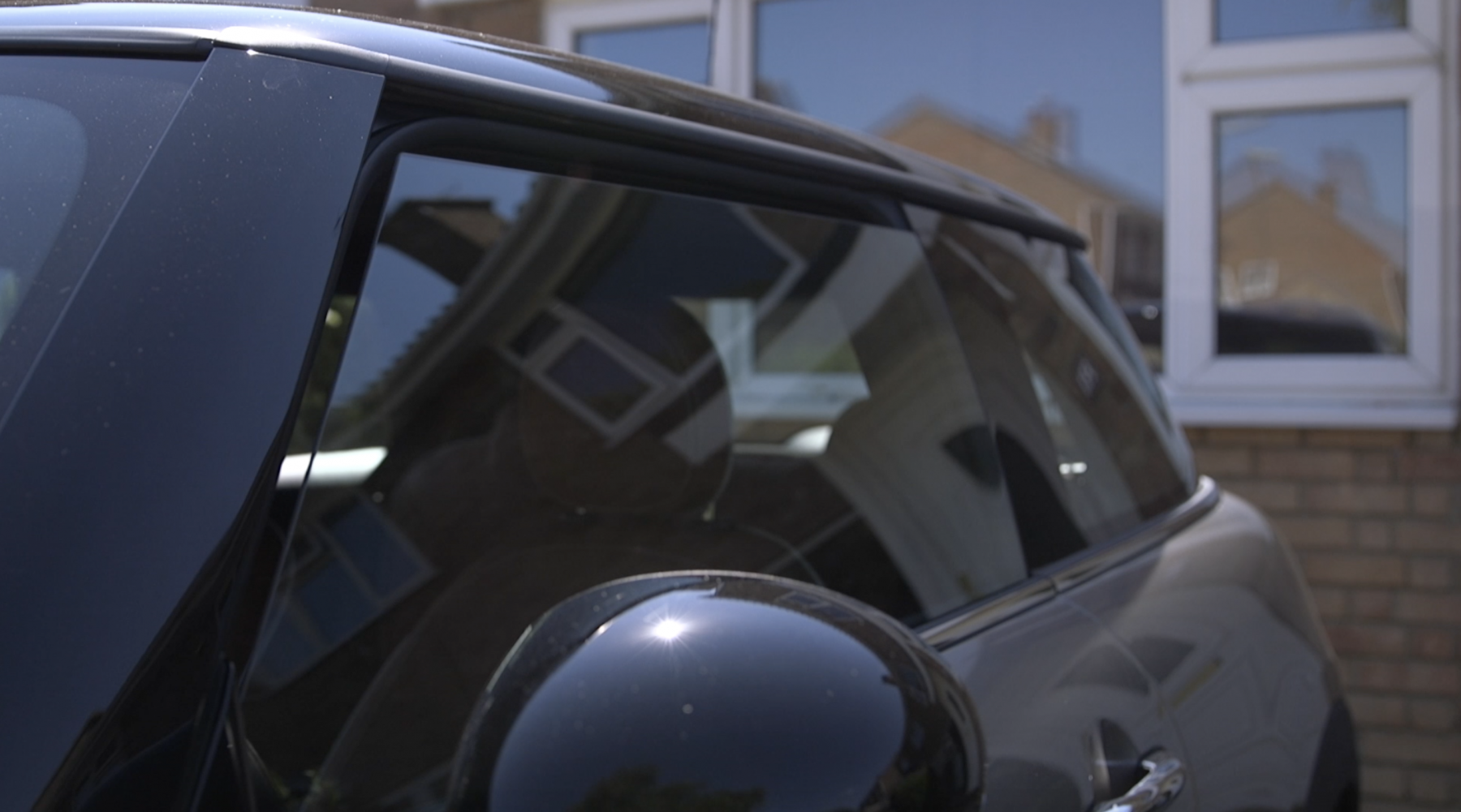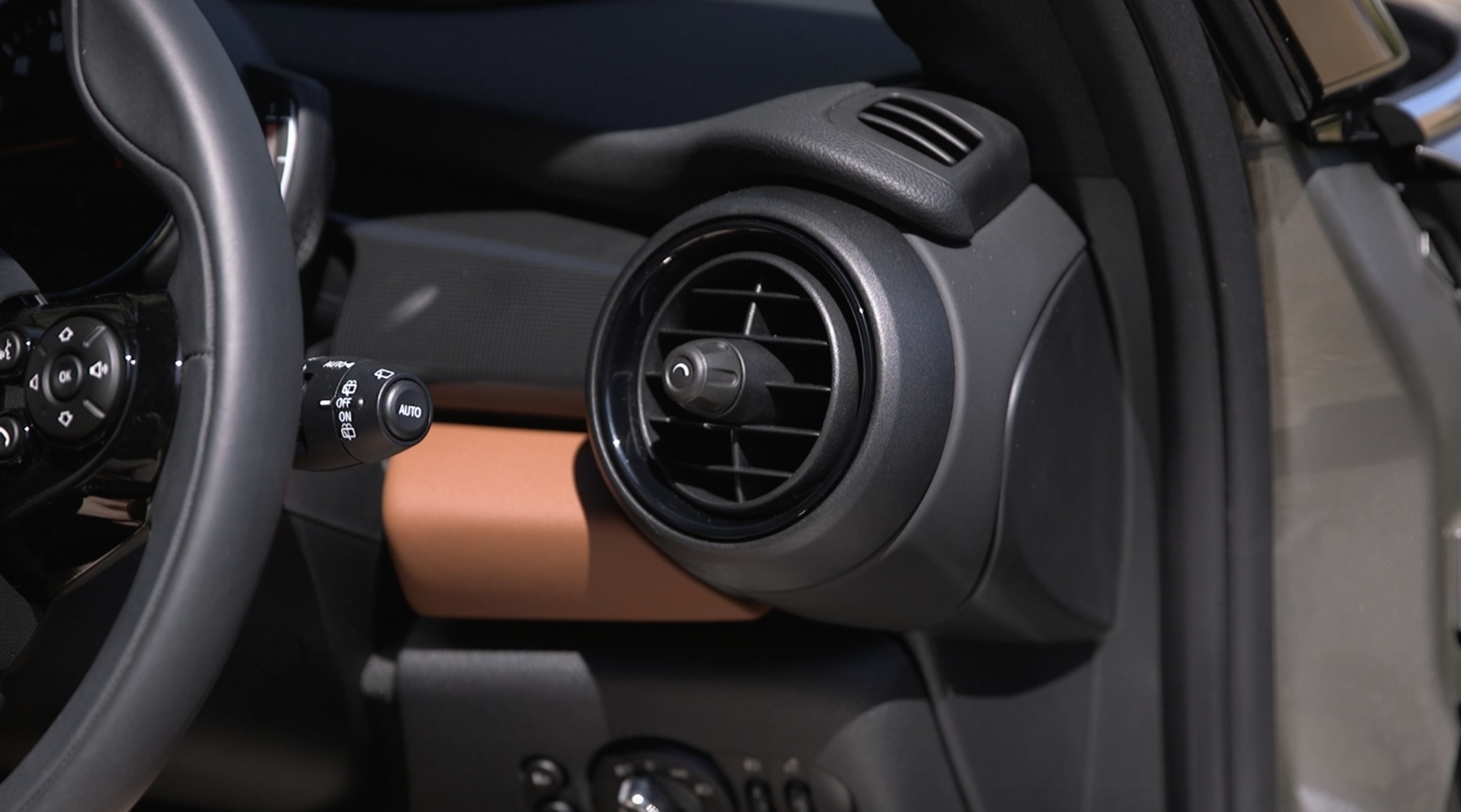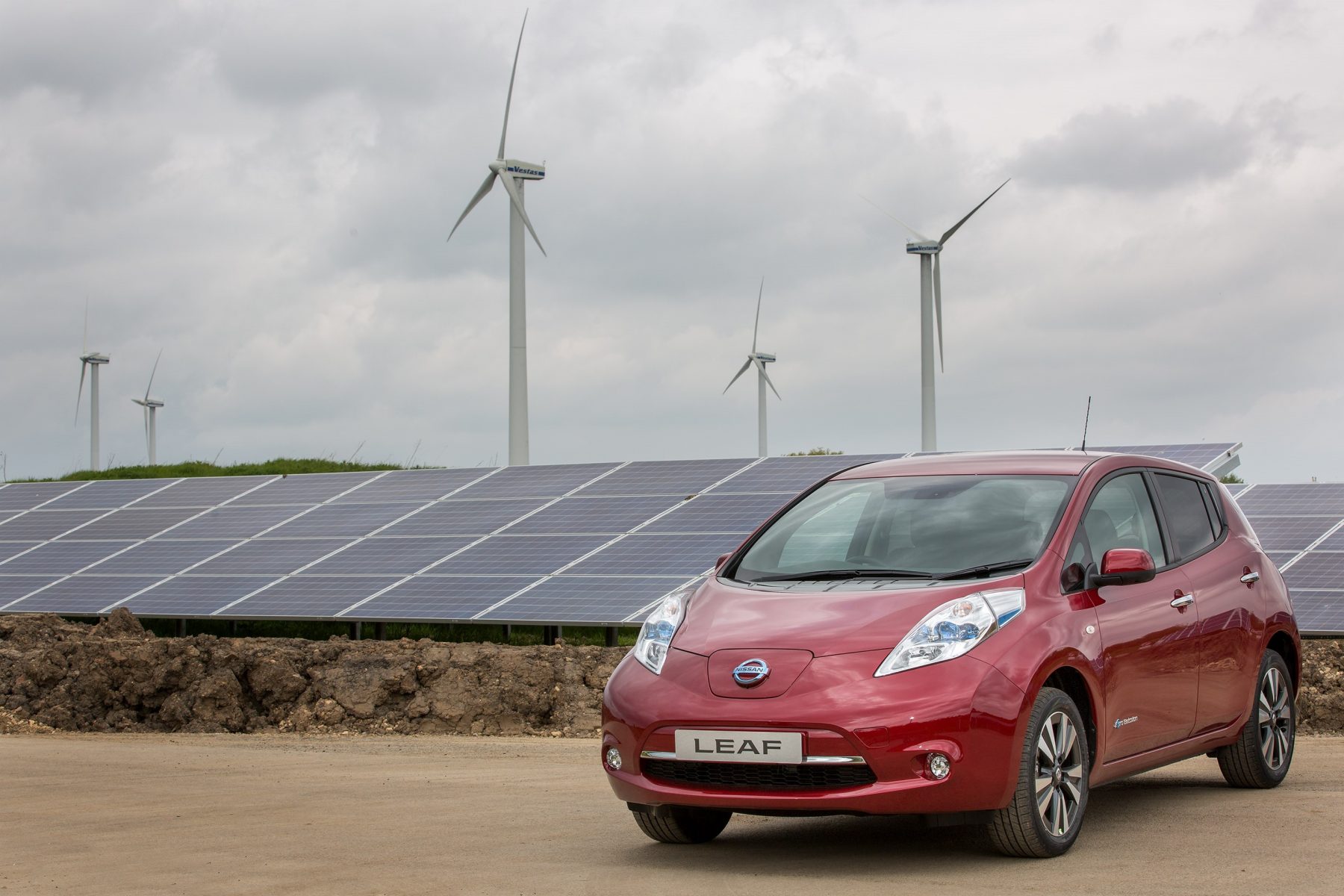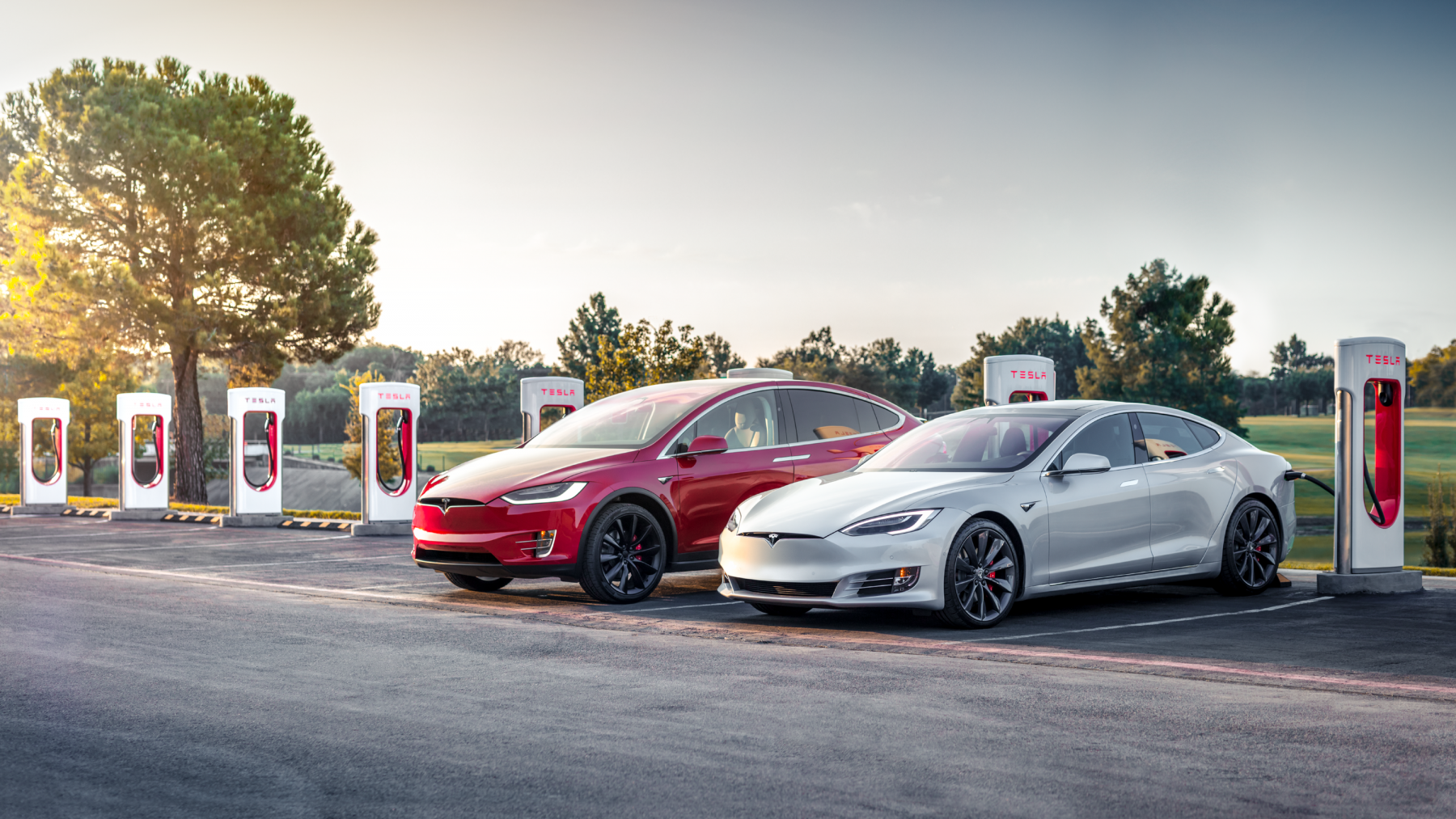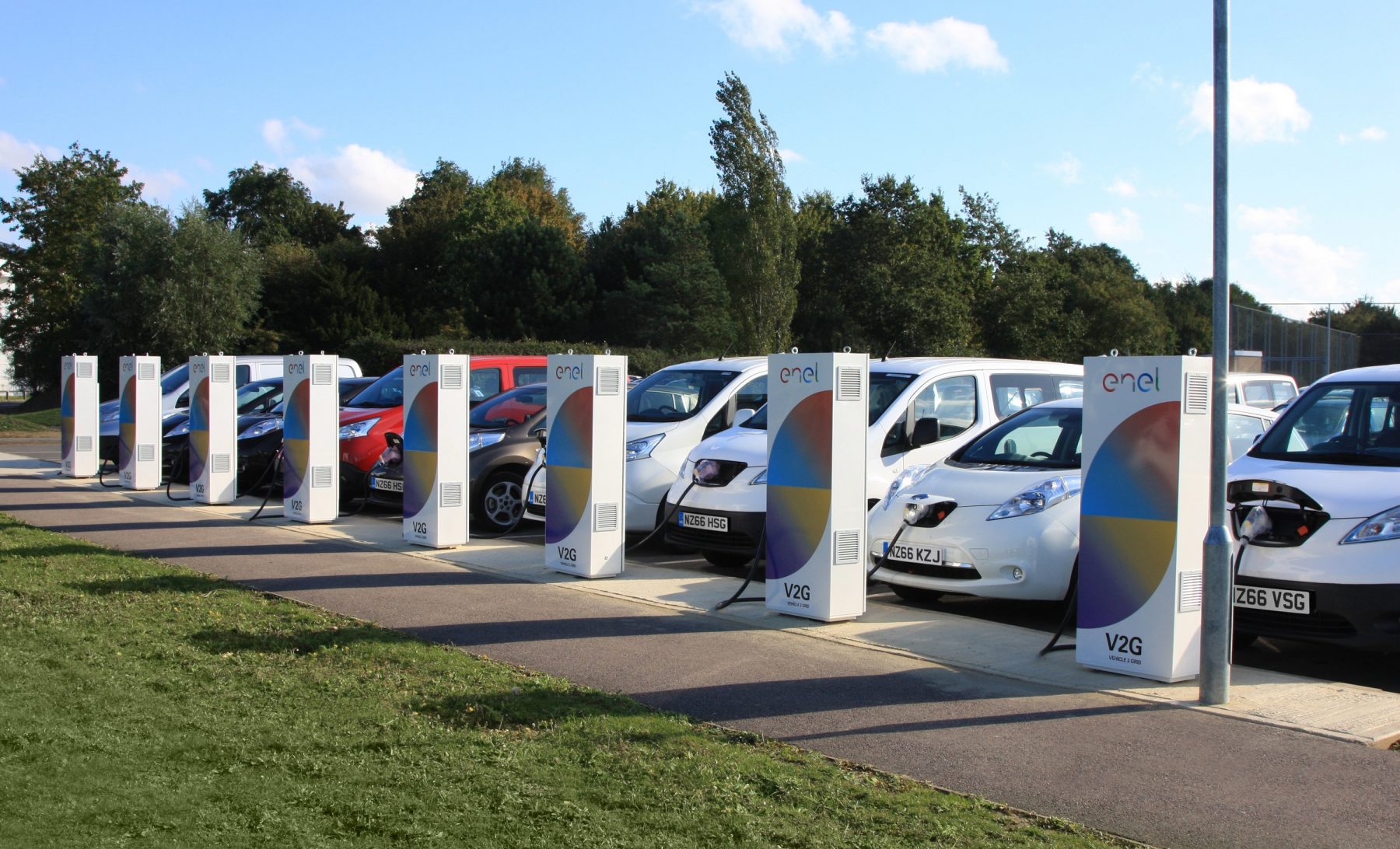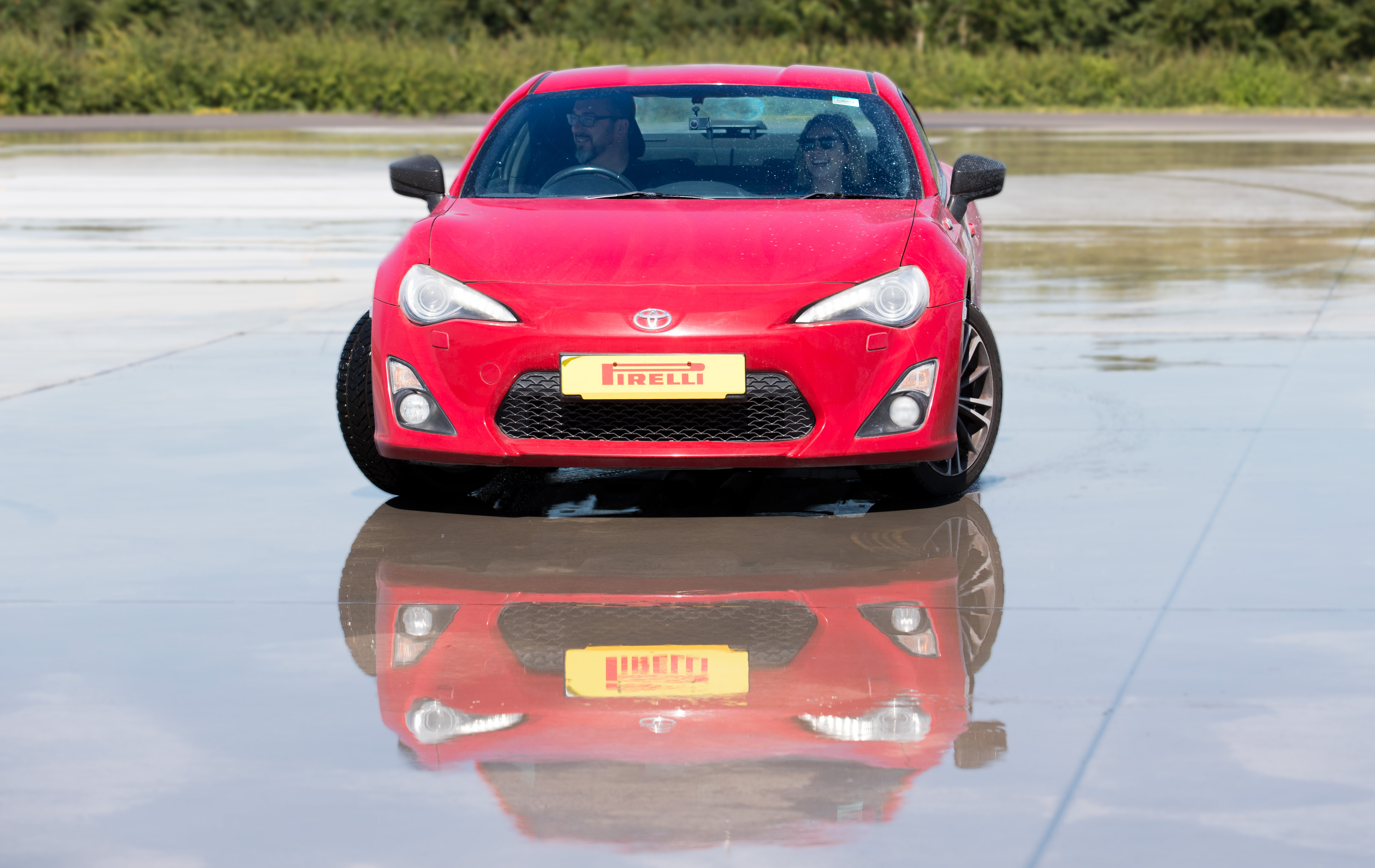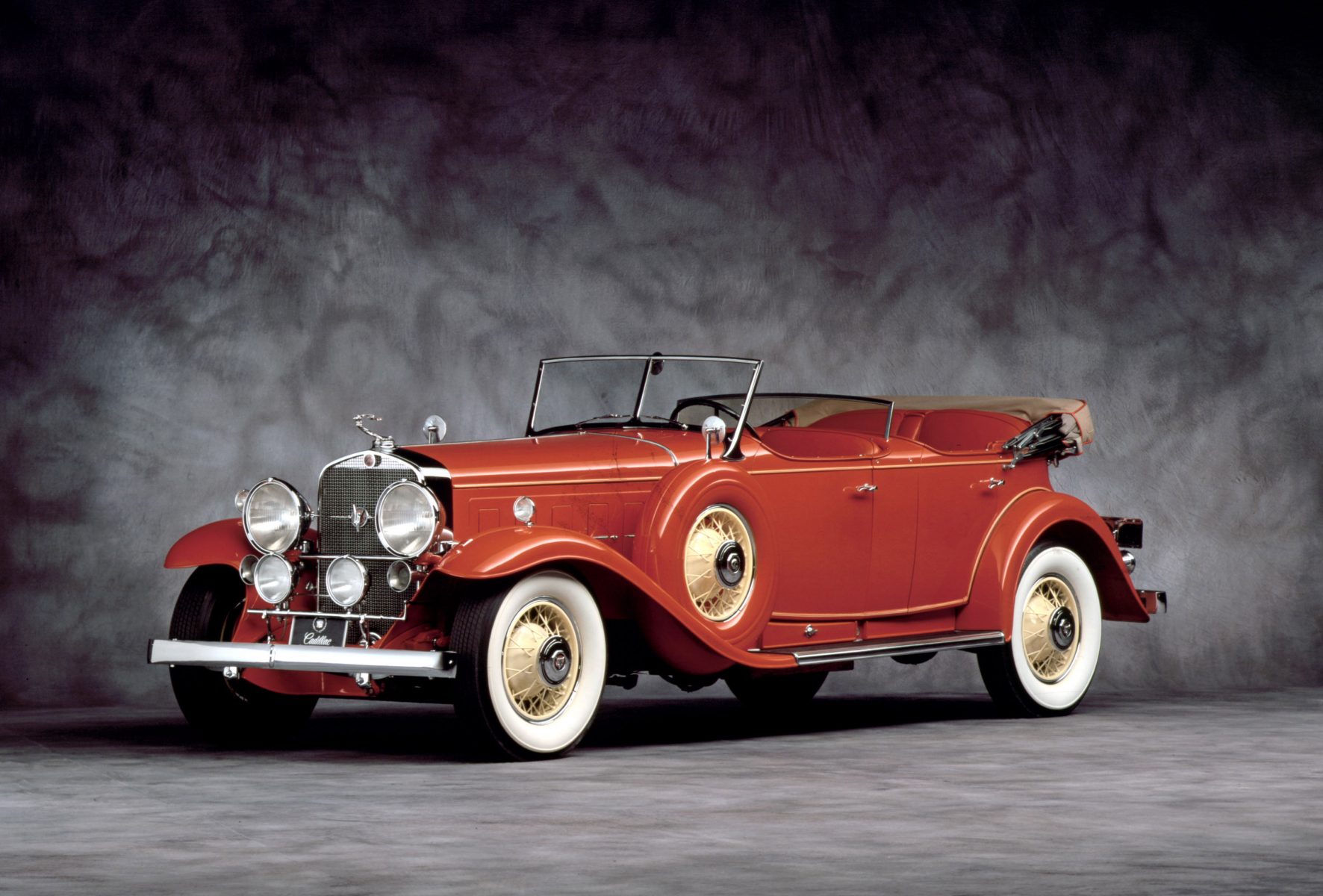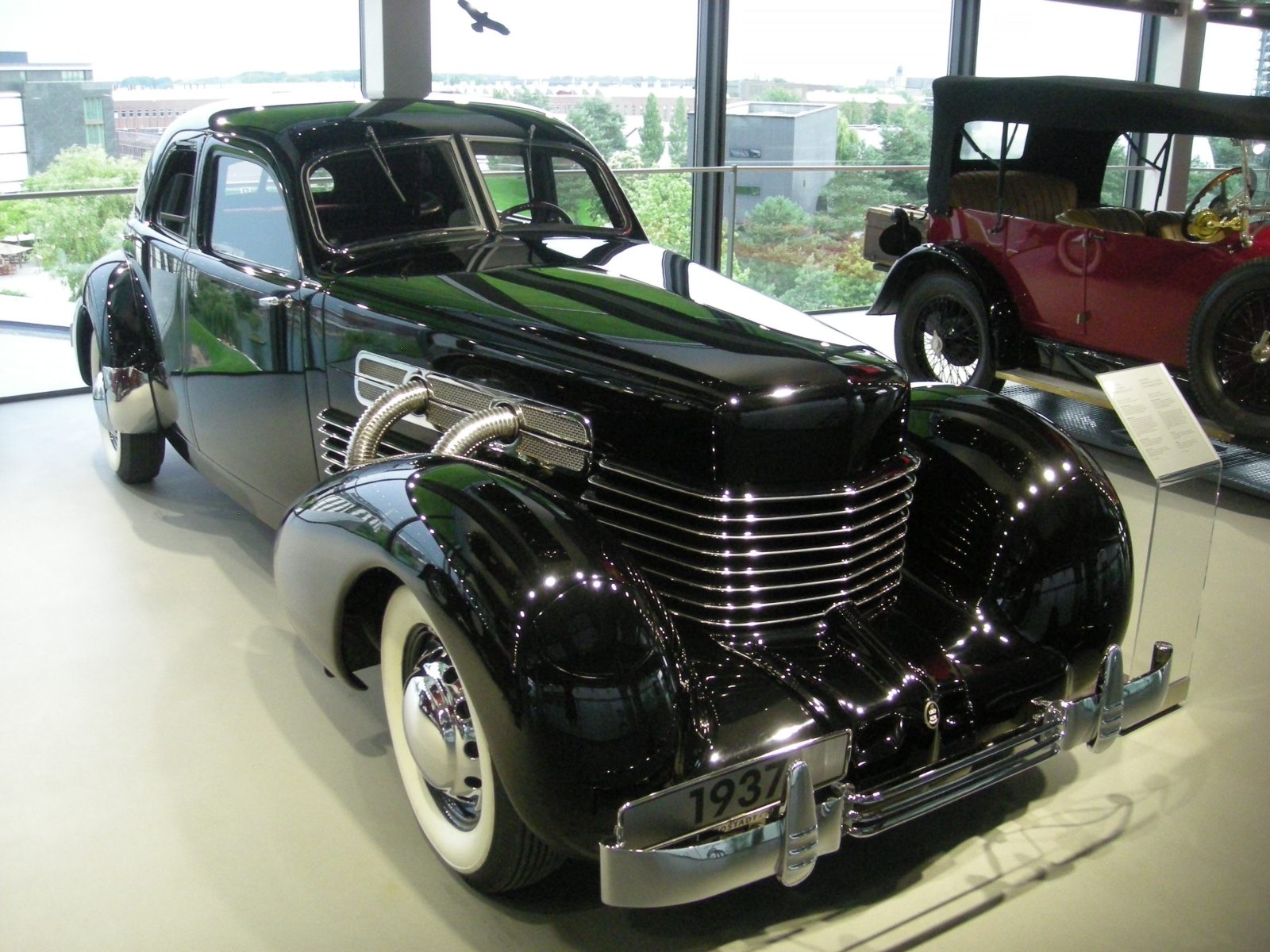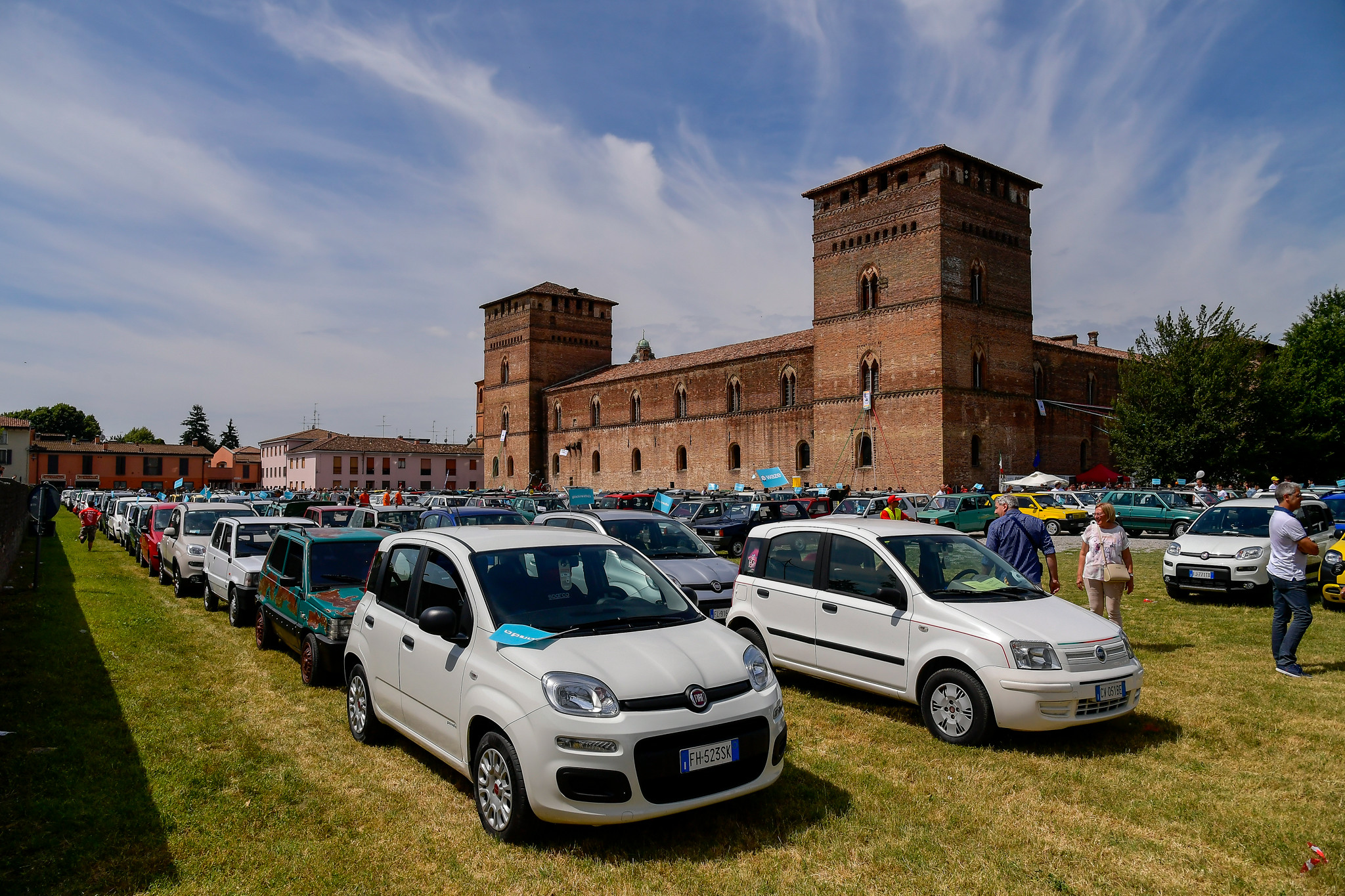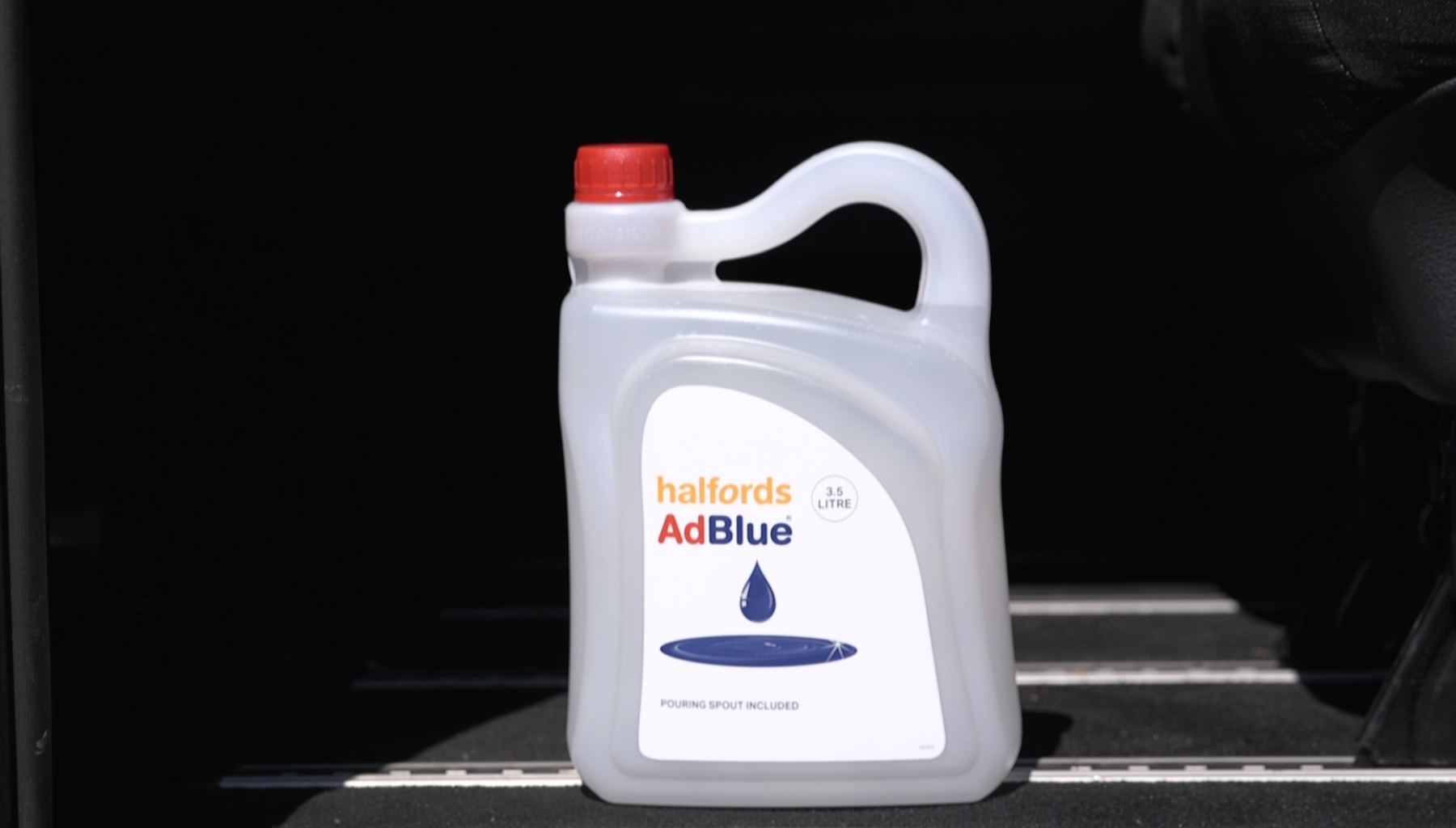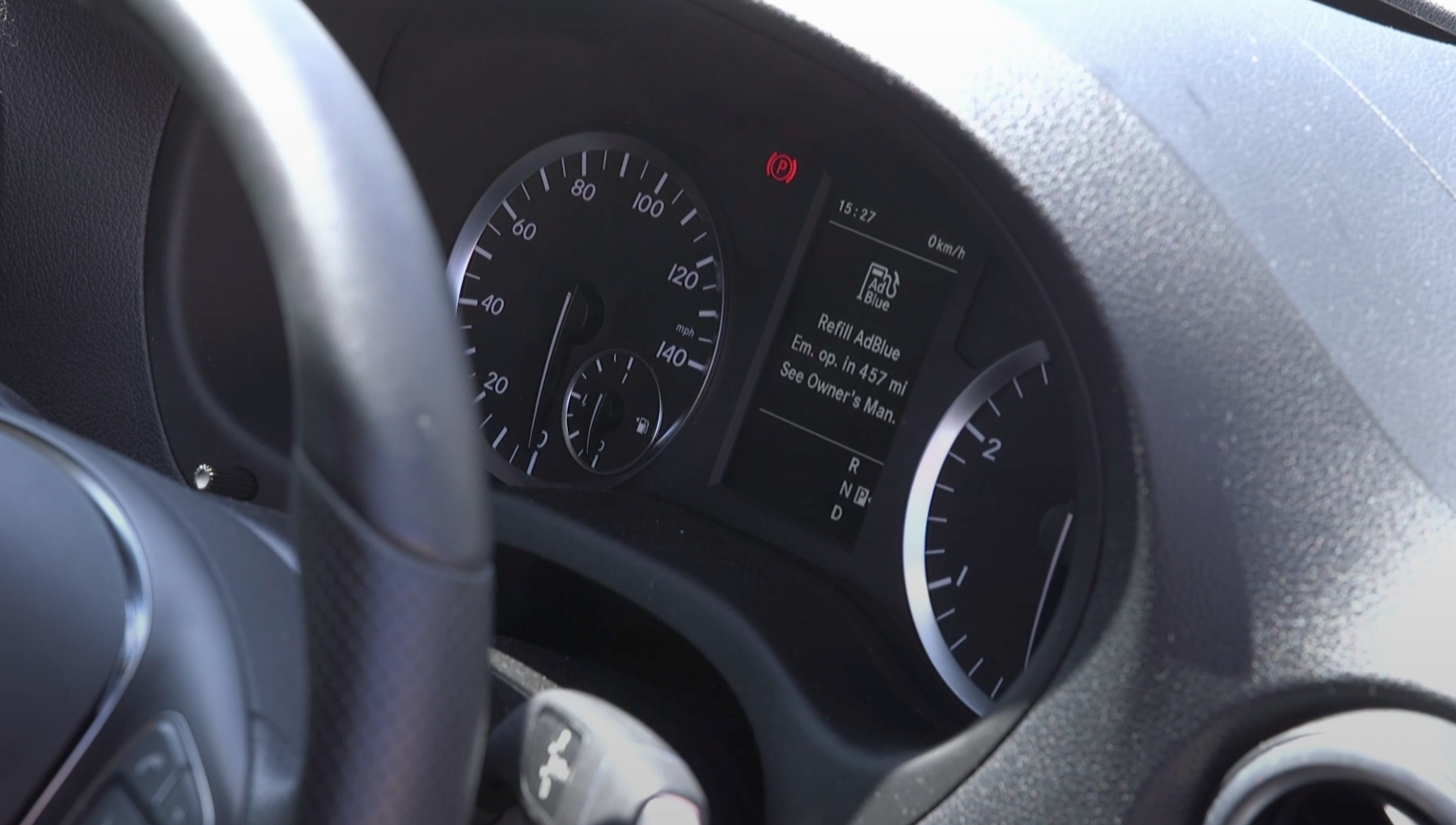It can sometimes be hard to imagine car manufacturers as being fun. With volume sellers, brand identity and corporate agenda at the forefront — picturing a soul within may be difficult to picture.
Fortunately though, at the heart of every company is inevitably some wacky ideas and every now and then, a few of them see the light of day. We’ve picked out some of the craziest one-offs car manufacturers have ever produced.
Aston Martin V8 Cygnet
The Aston Martin Cygnet was already something of a surprise when it arrived on the scene in 2011, but this Skunkworks creation has only taken it a step further.
Created by the British firm’s ‘Q’ special operations division, this Toyota IQ-based car hides — albeit not very discreetly — a 4.7-litre V8 engine lifted from the Vantage S sports car. That’s 430bhp in a city car. Better yet, this was requested by a customer — and it’s even road legal.
Nissan Juke-R

It’s hard to imagine that one day, somebody went into a Nissan board meeting and pitched the idea of planting a Juke body on top of a GT-R powertrain and walked away with a green light, but that actually happened.
Thus, in 2012, the Juke-R was born. Underneath the goofy-looking Juke sat the beating twin-turbo V6 heart of the R35, creating one of the wildest and most-loved side projects ever created. Better still, Nissan decided to do it all again in 2015 with the Juke-R 2.0 — which boasted even more power at almost 600bhp.
Volkswagen Golf GTI W12-650
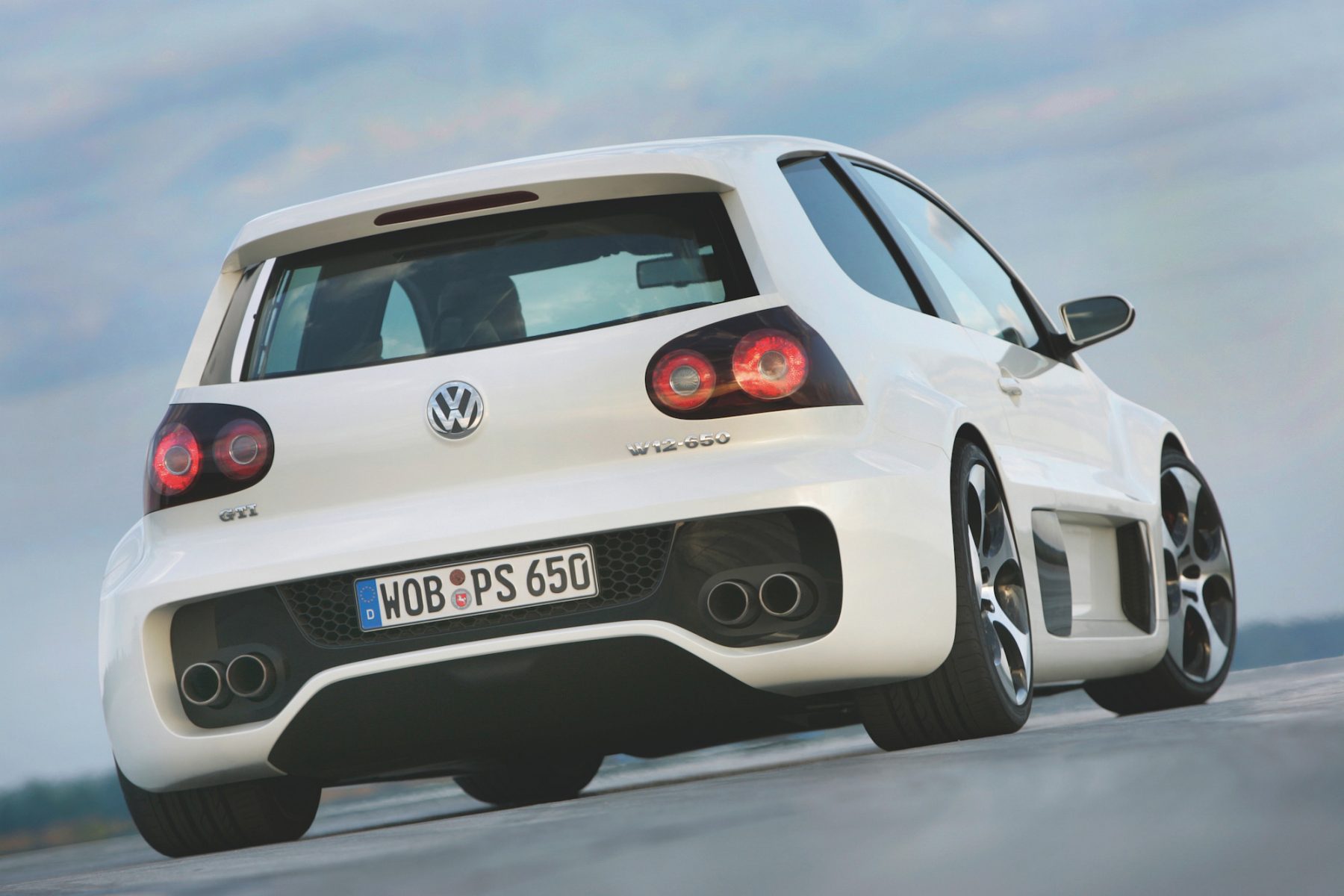
It was 2007 when Volkswagen produced the undeniably mad Golf GTI W12-650. As you may have guessed from the name, the car is powered by a W12 that produces just shy of 650bhp with the aid of twin-turbocharging.
The Bentley-sourced engine is mounted behind the driver, where the rear passengers would usually sit. With a widebody kit that can only be described as giving the car an almost spaceship-like look, the W12-650 is not like any other Golf seen before.
Renault Espace F1

Though based on a Renault Espace, this crazy MPV has more in common with a Formula One car. The Espace F1 features a lightweight carbon F1-style chassis housed by a carbon fibre-reinforced Espace body — oh, and not to mention the mid-mounted 789bhp 3.5-litre V10 found in the 1993 Williams-Renault F1 car.
Even though it was made in 1995, it is still super quick even by today’s standards — 0-60mph takes a mere 2.8 seconds and it’ll top out at 194mph. The only Espace F1 now resides in the Matra Museum in France.
Renault Twizy F1
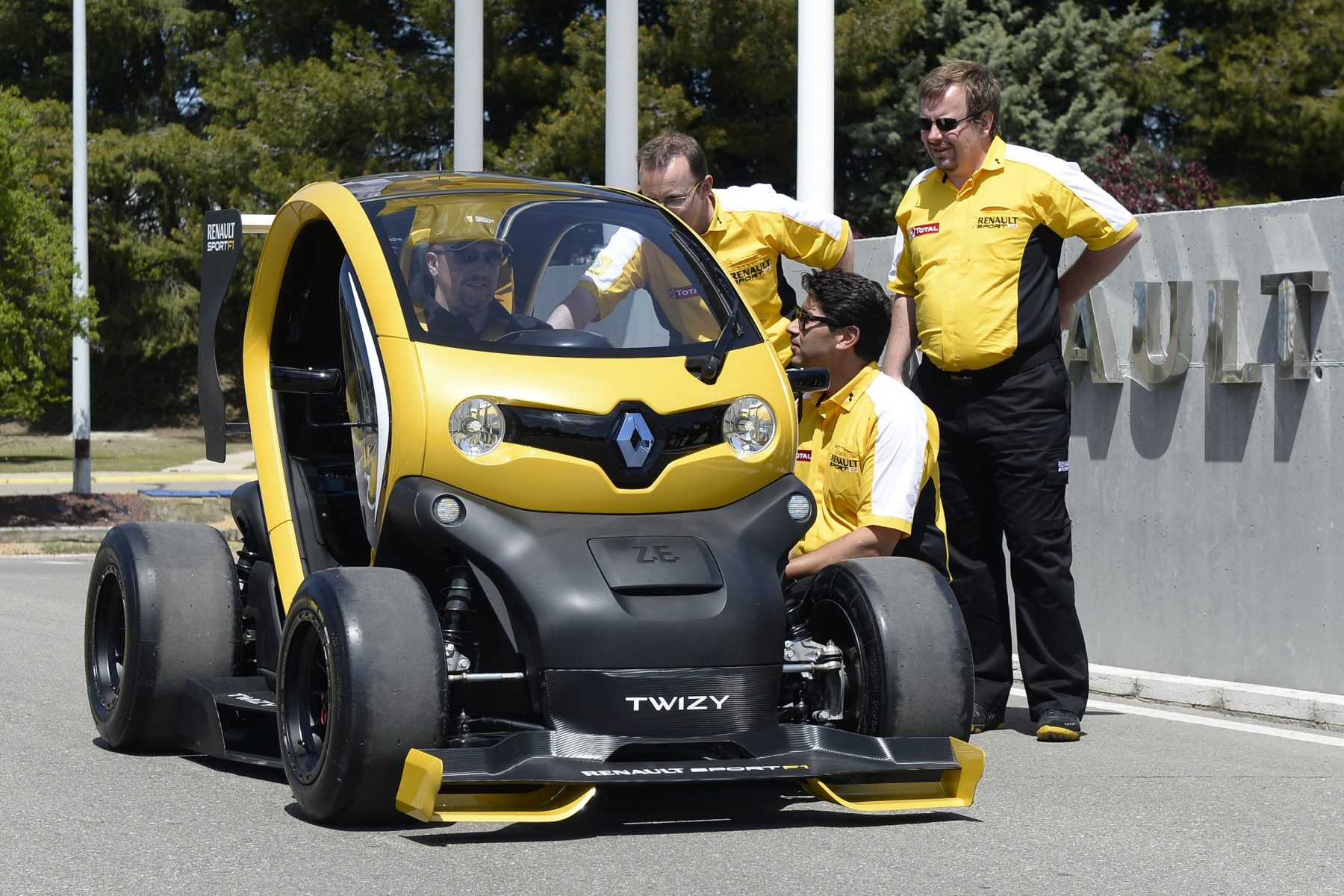
More recently in 2013, Renault took the tiny electrically powered Twizy and gave it the F1 treatment. Though not as powerful as the almost 800bhp Espace F1 that came before it (the Twizy F1 only has 97bhp from its electric motors), it’s still a sight to see. From the front splitter to the rear wing, you can tell the little F1 means business.
It may not be the fastest car in the world, but it has a good power to weight ratio and 97bhp out of a Twizy that usually has just 17bhp is a massive step up. Looks like good fun too.
Honda Civic Type-R Pickup Truck

Want a hot hatch but need something with plenty of cargo space? The Civic Type-R Pickup Truck might just be the machine for you.
Well, it would be if Honda put it into production, which seems unlikely, but it’s impressive nonetheless. Based on a pre-production version of the latest generation of the hot hatch, Honda UK replaced the hatch and rear seats with an aluminium flatbed — but did carry over the iconic rear wing. The firm even reckons it could be the fastest pickup truck around the Nürburgring if they decide to set a lap there…
Toyota Aygo Crazy
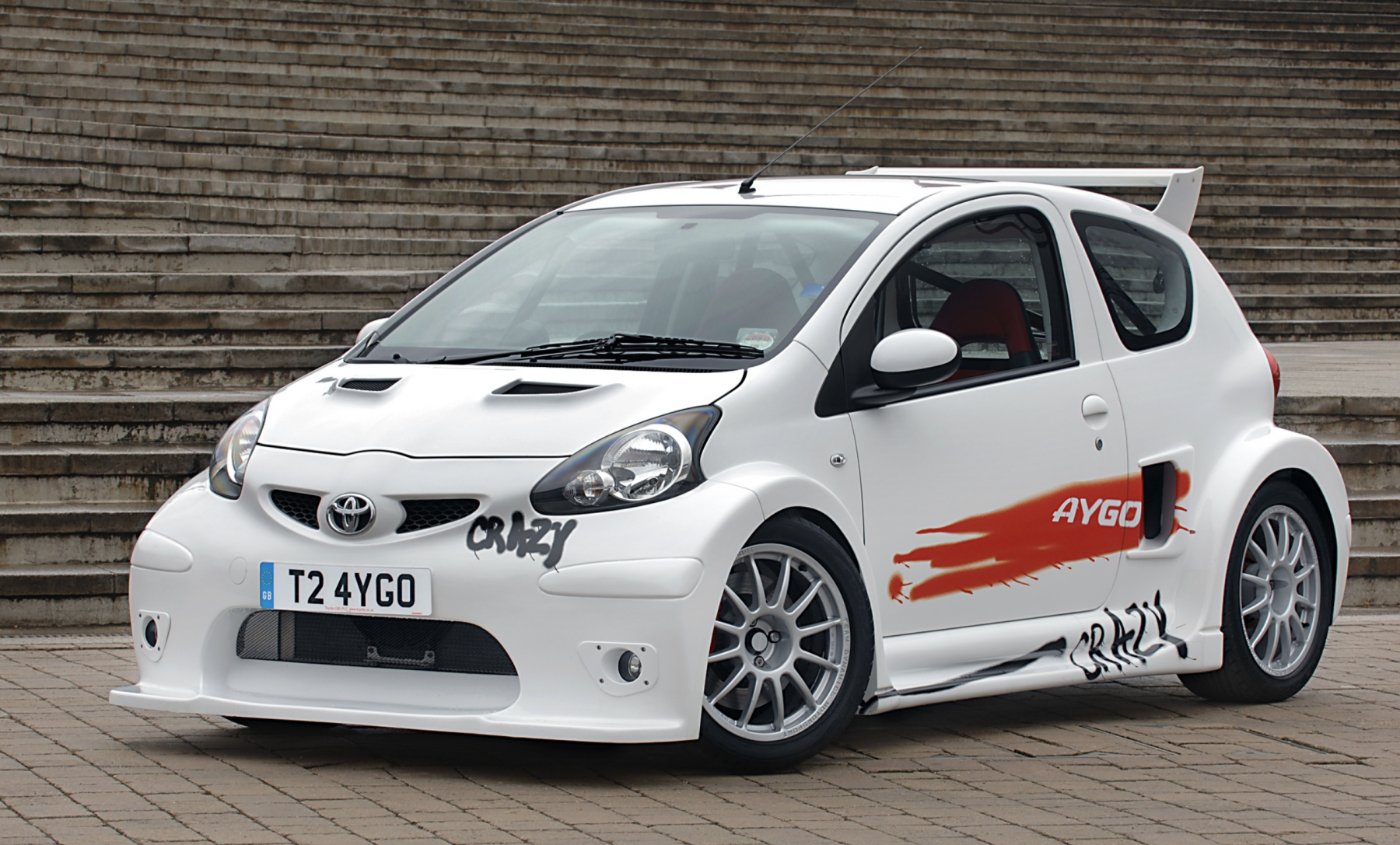
If you put together a Toyota Aygo and a Toyota MR2, what do you get? Well, this — the Toyota Aygo Crazy. Arguably the most track-focused Aygo in existence, the car is a rear-wheel drive 1.8-litre mid-engined monster that has all the bells and whistles of a race car. This includes a full roll cage and a lack of power steering, traction control and ABS. It may only have 197bhp, but the Crazy will get from 0-60mph in under 6 seconds. This Aygo is no slouch by any means.
by Oliver Young and Ryan Hirons



